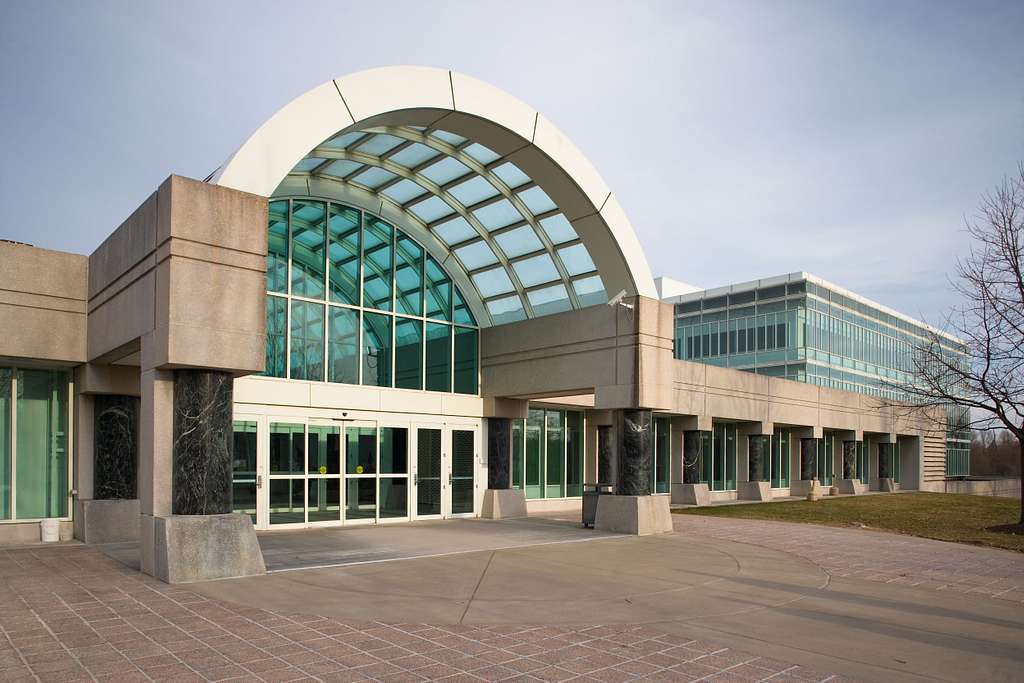David Remes Rewrites Genesis
Habeas lawyer David Remes sent me the following the other night from Guantanamo. I am not sure what to say about it, so I pass it on without comment:
Being in Guantanamo, visiting clients who understand they'll spend the rest of their lives here because all three branches of government are arrayed against them, and the fundamentals of American politics make that alignment irreversible, a habeas lawyer turns to religion for solace but finds none.In the beginning, Bush created Guantanamo. Guantanamo was formless and empty.}
Published by The Lawfare Institute
in Cooperation With
 Habeas lawyer David Remes sent me the following the other night from Guantanamo. I am not sure what to say about it, so I pass it on without comment:Being in Guantanamo, visiting clients who understand they'll spend the rest of their lives here because all three branches of government are arrayed against them, and the fundamentals of American politics make that alignment irreversible, a habeas lawyer turns to religion for solace but finds none.In the beginning, Bush created Guantanamo. Guantanamo was formless and empty. And Bush said, "Let there be Camp X-ray," and there was Camp X-ray.Bush didn't think Camp X-ray was suitable as a long-term detention facility, so he separated Camp X-ray from four other, more permanent (but still primitive) camps he was building, all of which were located within Camp Delta - Camps 1, 2, 3, 4. And there was torture, and there was savagery - the first several years.And Bush said, "Give Halliburton tens of millions of dollars to build two state-of-the-art maximum security prisons, while I publicly insist that I want to close Guantanamo." And it was so. Bush called one of the prisons "Camp 5," and the other, "Camp 6," which today holds roughly 130 of the 172 detainees still at the prison.And Bush said, "Let there be a special camp for the high-value detainees." So Bush made Camp 7 for the 14 HVDs, whom he separated from the rest of the detainee population. Bush required their lawyers to have TSSCI clearances to visit these men, even though none of the government's evidence is top secret, let alone SCI.And Bush said, "Let Camps 1 and 4 in Camp Delta continue to operate - Camp 1 to hold the most influential of the detainees, and Camp 4 to hold the most compliant. Men in each camp will live communally, with Camp 4 to have a large rec area and house its inmates in ten-bed bunkhouses. And it was so.And Bush said, "Let the rest of the detainees be gathered in Camps 5 and 6, the maximum security prisons." And it was so. Detainees in both camps were held in solitary confinement. Camp 5 was very harsh, Camp 6 a bit less so. Obama later moved almost everyone to Camp 6, where they are to be held for eternity under liberalized conditions of confinement. And Obama saw that it was good.And after creating eternal detention, Obama rested.
Habeas lawyer David Remes sent me the following the other night from Guantanamo. I am not sure what to say about it, so I pass it on without comment:Being in Guantanamo, visiting clients who understand they'll spend the rest of their lives here because all three branches of government are arrayed against them, and the fundamentals of American politics make that alignment irreversible, a habeas lawyer turns to religion for solace but finds none.In the beginning, Bush created Guantanamo. Guantanamo was formless and empty. And Bush said, "Let there be Camp X-ray," and there was Camp X-ray.Bush didn't think Camp X-ray was suitable as a long-term detention facility, so he separated Camp X-ray from four other, more permanent (but still primitive) camps he was building, all of which were located within Camp Delta - Camps 1, 2, 3, 4. And there was torture, and there was savagery - the first several years.And Bush said, "Give Halliburton tens of millions of dollars to build two state-of-the-art maximum security prisons, while I publicly insist that I want to close Guantanamo." And it was so. Bush called one of the prisons "Camp 5," and the other, "Camp 6," which today holds roughly 130 of the 172 detainees still at the prison.And Bush said, "Let there be a special camp for the high-value detainees." So Bush made Camp 7 for the 14 HVDs, whom he separated from the rest of the detainee population. Bush required their lawyers to have TSSCI clearances to visit these men, even though none of the government's evidence is top secret, let alone SCI.And Bush said, "Let Camps 1 and 4 in Camp Delta continue to operate - Camp 1 to hold the most influential of the detainees, and Camp 4 to hold the most compliant. Men in each camp will live communally, with Camp 4 to have a large rec area and house its inmates in ten-bed bunkhouses. And it was so.And Bush said, "Let the rest of the detainees be gathered in Camps 5 and 6, the maximum security prisons." And it was so. Detainees in both camps were held in solitary confinement. Camp 5 was very harsh, Camp 6 a bit less so. Obama later moved almost everyone to Camp 6, where they are to be held for eternity under liberalized conditions of confinement. And Obama saw that it was good.And after creating eternal detention, Obama rested.
Benjamin Wittes is editor in chief of Lawfare and a Senior Fellow in Governance Studies at the Brookings Institution. He is the author of several books.More Articles

The Week That Was
Your weekly summary of everything on the site.
U.S. Intelligence Agencies Have Not Aged Well
A review of Jeffrey P. Rogg, “The Spy and the State: The History of American Intelligence” (Oxford University Press, 2025).
Lawfare Daily: The Year that Was
Lawfare contributors reflect on 2025.Subscribe to Lawfare





